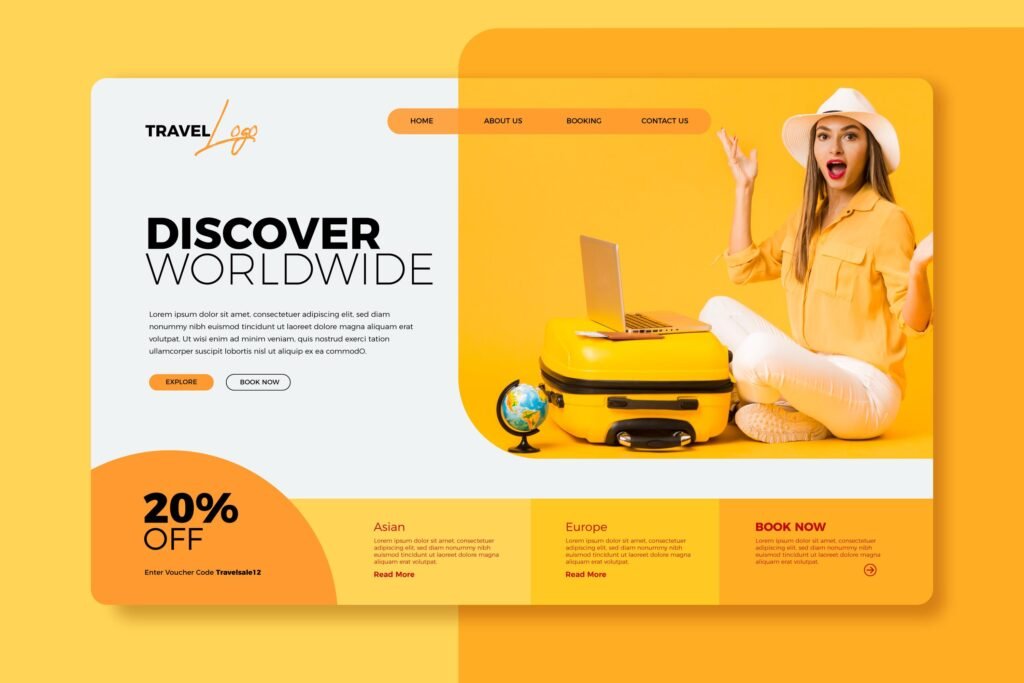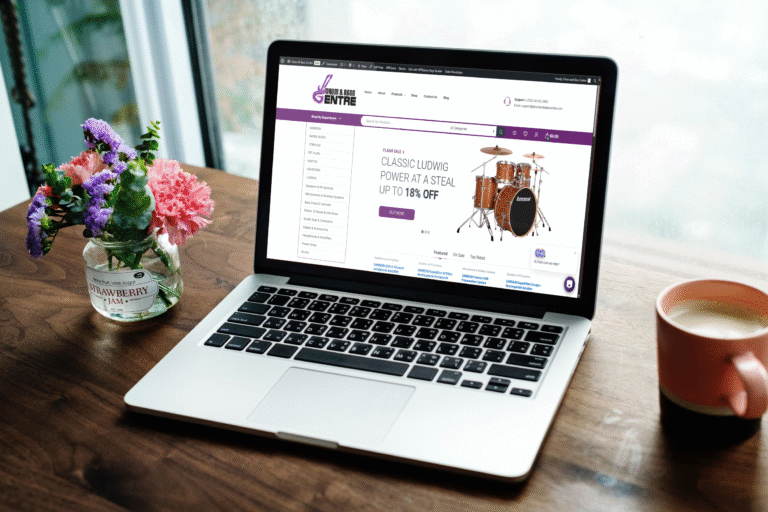
In today’s digital-first world, your website is your storefront, your pitch deck, and often your first impression — all rolled into one. Whether you’re a small business launching online or an established brand rethinking your web presence, one major question always comes up: Should you go with a custom website or a template-based design?
At Spyderweb Development, we get this question a lot, and for good reason — both approaches have pros and cons. This article breaks it down for you so you can make the right decision based on your budget, goals, and brand identity.
What Is a Template-Based Website?
A template-based website uses pre-designed layouts, typically offered by platforms like WordPress, Wix, Squarespace, or Shopify. These templates are plug-and-play: you customize text, swap images, and get a decent-looking site up and running quickly.

✅ Pros:
- Fast Turnaround: You could be online in hours or days.
- Cost-Effective: Lower upfront investment.
- Beginner-Friendly: No coding knowledge needed.
- Plenty of Options: Thousands of themes for various industries.
❌ Cons:
- Limited Flexibility: You’re locked into the design structure.
- Performance Issues: Templates often load more slowly due to bloated code.
- Lack of Uniqueness: Other businesses may use the exact same design.
- Scalability Problems: As your business grows, the template might not keep up.
What Is a Custom Website?
A custom website is built from scratch, tailored specifically to your brand, business needs, and user goals. At Spyderweb Development, this means our team of designers and developers collaborates with you to build a site that fits like a glove.

✅ Pros:
- Unique Design: Your website will stand out from competitors.
- Fully Tailored UX: Optimized for your target audience and business goals.
- Faster Performance: Clean, efficient code makes for quicker load times.
- SEO Optimized: Designed with search engines (and users) in mind from day one.
- Scalable and Future-Proof: Built to grow with your business.
❌ Cons:
- Higher Initial Cost: Custom design takes more time and skill.
- Longer Timeline: Can take weeks to months to develop fully.
- Requires Collaboration: Your input is critical throughout the process.
Use Case Scenarios: Which Should You Choose?
✅ Choose a Template if:
- You’re on a tight budget.
- You need a simple brochure site or portfolio.
- You want something fast and functional.
- Your site won’t change much over time.
✅ Choose a Custom Website if:
- Your brand image is a key differentiator.
- You want advanced features or integrations.
- You expect high traffic or fast growth.
- SEO, speed, and user experience are priorities.
- You want full creative and strategic control.
Hidden Costs to Watch For (with Templates)
While templates seem cheaper upfront, you might run into:
- Plugin purchases for extra functionality.
- Developer costs when you hit design or code limitations.
- Security issues that need expert fixes.
- Rebranding headaches when you outgrow the theme.
With custom design, you pay more upfront, but you avoid patchwork fixes, rebuilds, and technical debt later.
Why Spyderweb Development Recommends Custom (When Possible)
At Spyderweb Development, we believe your website should reflect your business, not just your budget. That’s why we always offer:
- Strategic consultation before development begins.
- Flexible payment plans so custom work is more accessible.
- Built-in scalability so your site grows as your business does.
- Post-launch support so you’re never stuck.
Even if you start with a template, we help you customize it smartly, or plan the right time to upgrade to custom.
Final Thoughts: It’s Not One-Size-Fits-All
Your website is a business tool, and tools should match the task. Whether you go template or custom, make the choice based on where your business is now and where it’s going.
Not sure which route to take? Reach out to Spyderweb Development for a free consultation — we’ll guide you based on your brand, goals, and budget.
Disclaimer: This article was generated with AI. While we ensure accuracy, we recommend verifying critical information independently.


